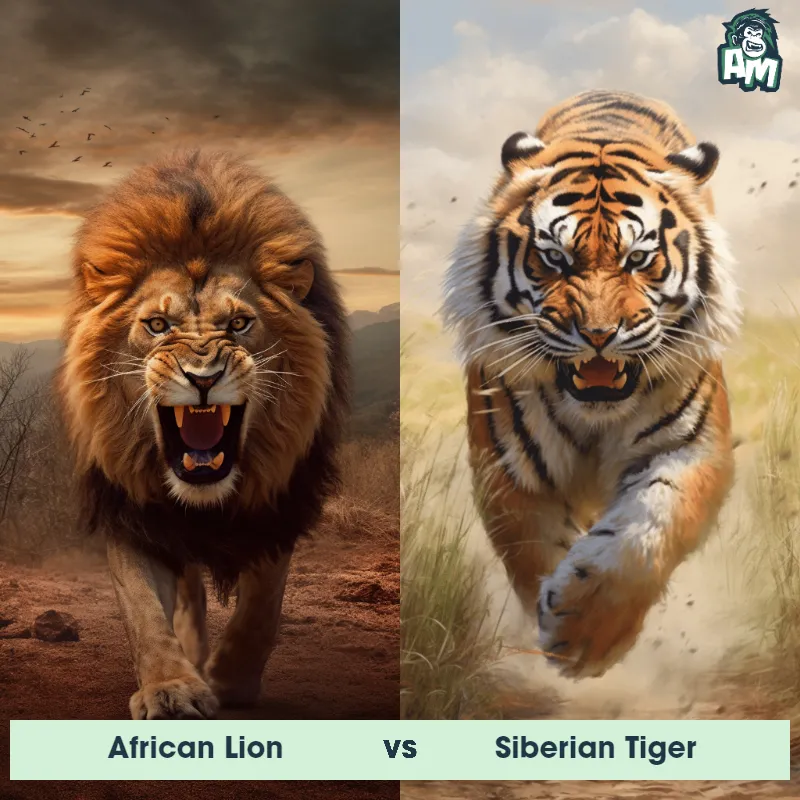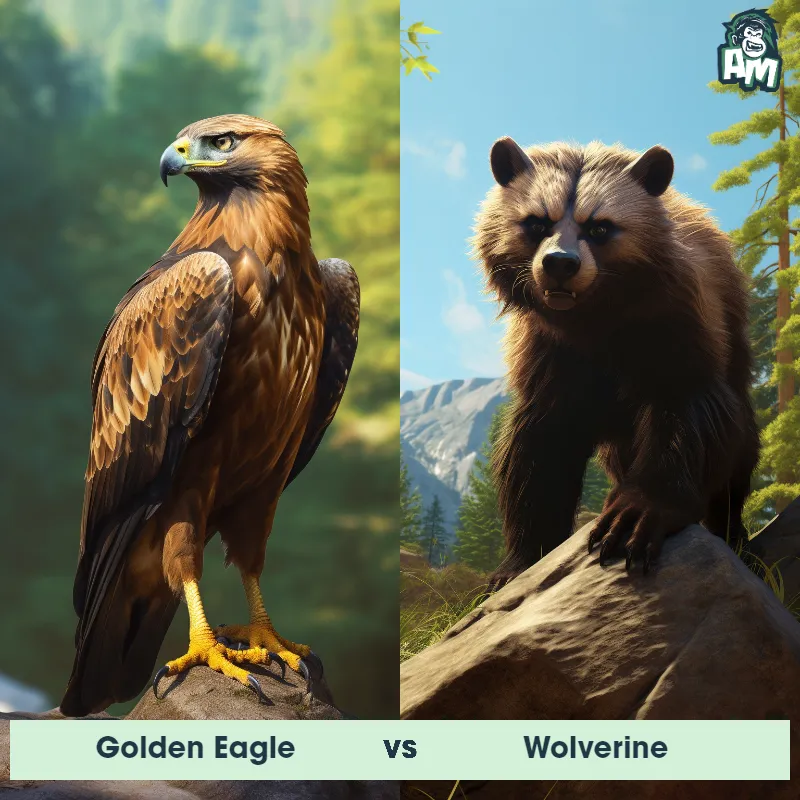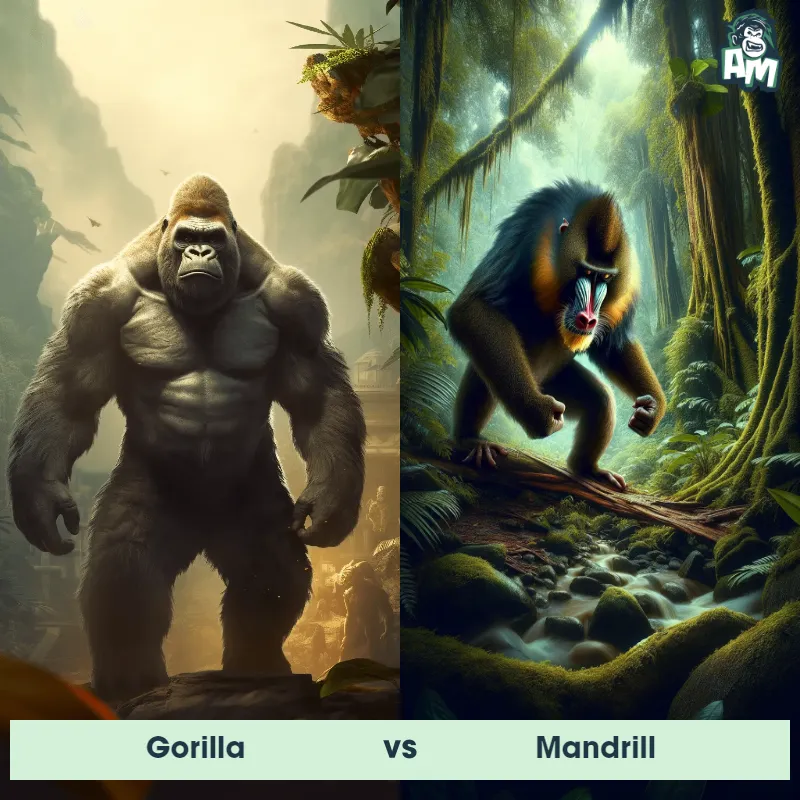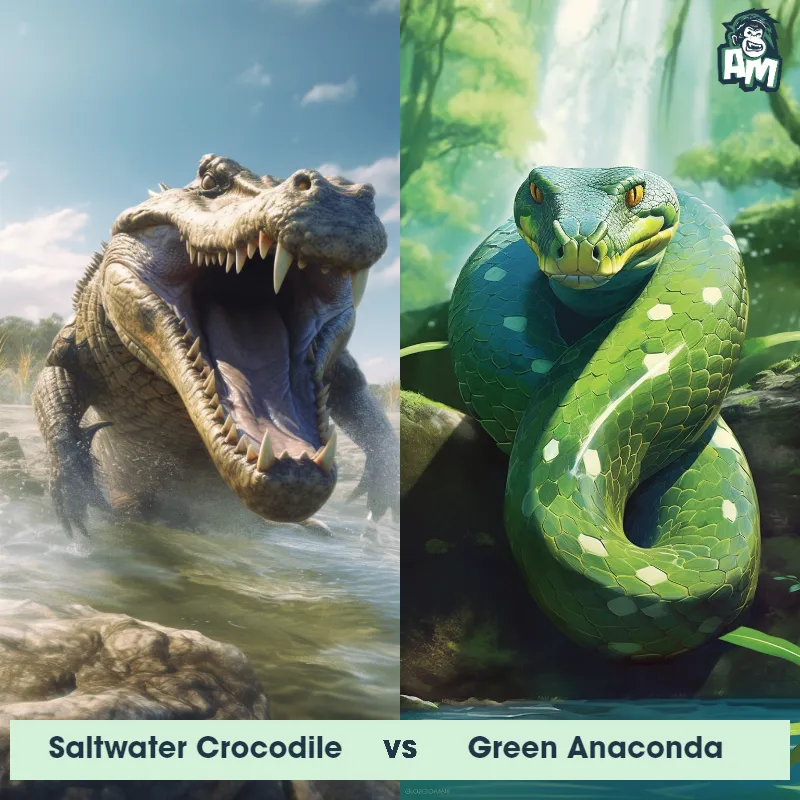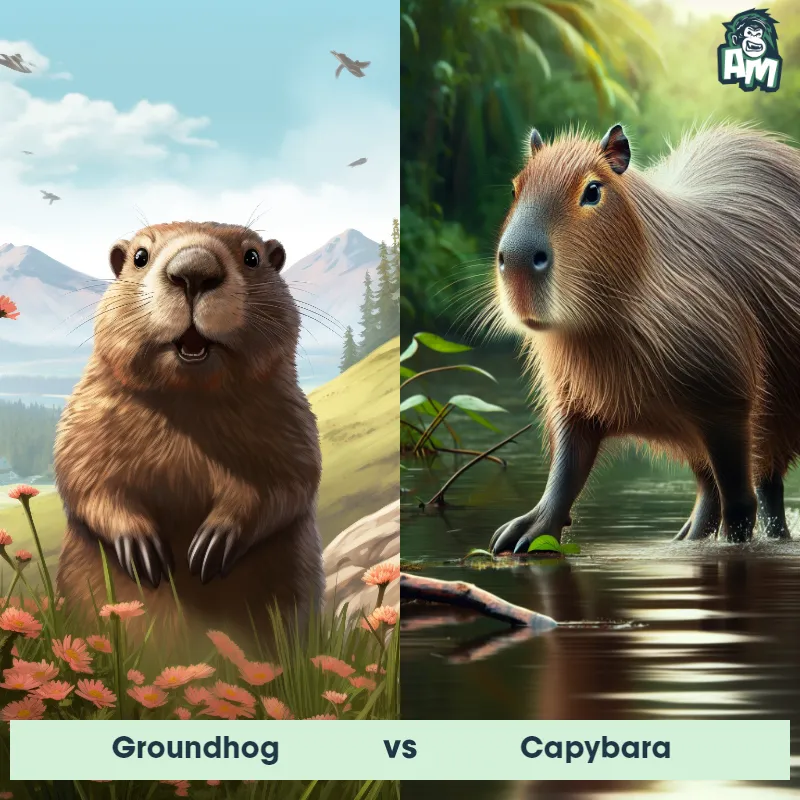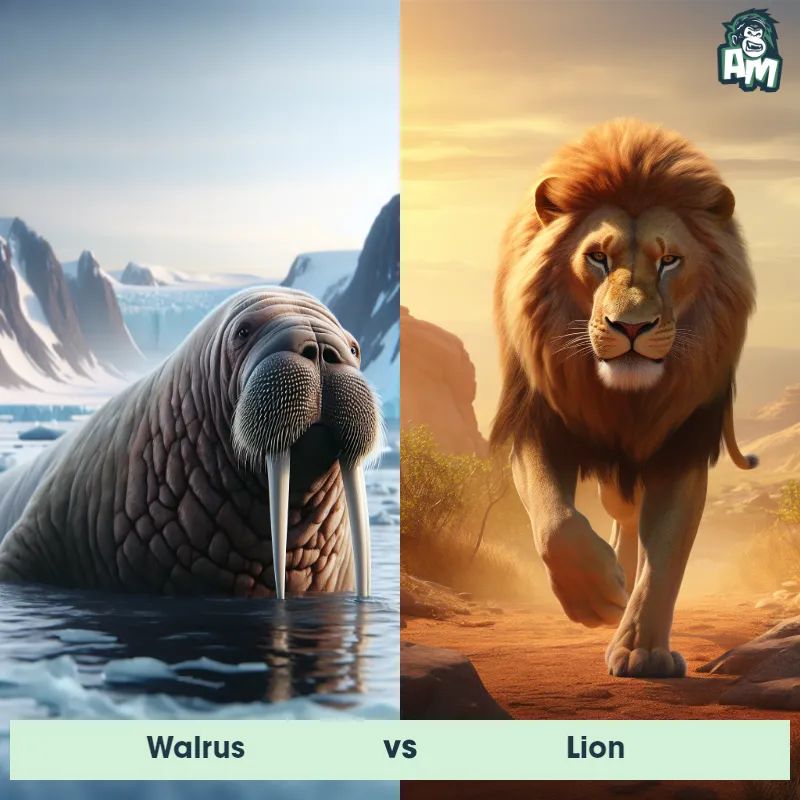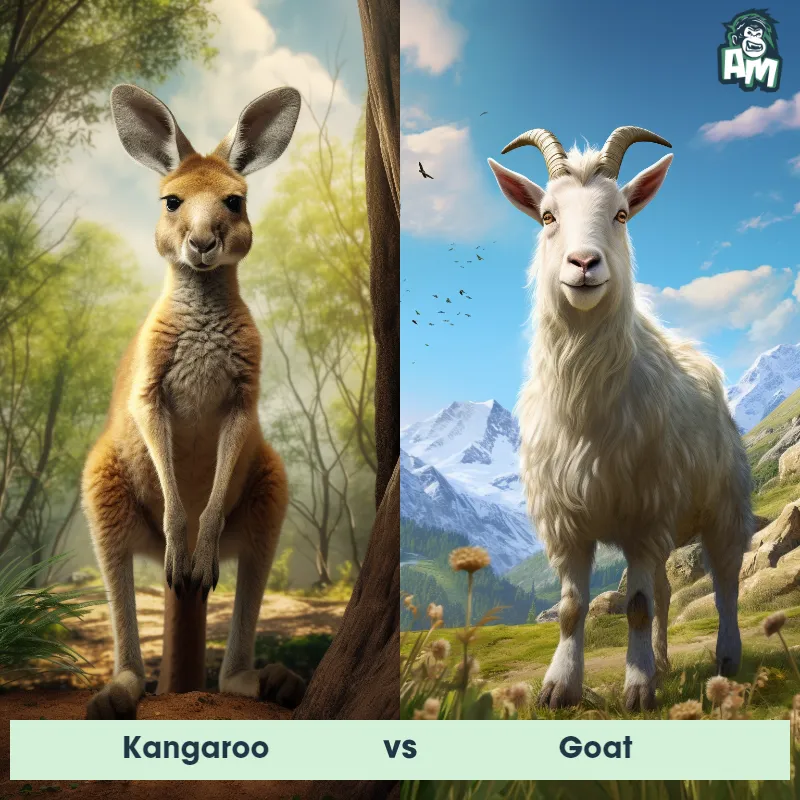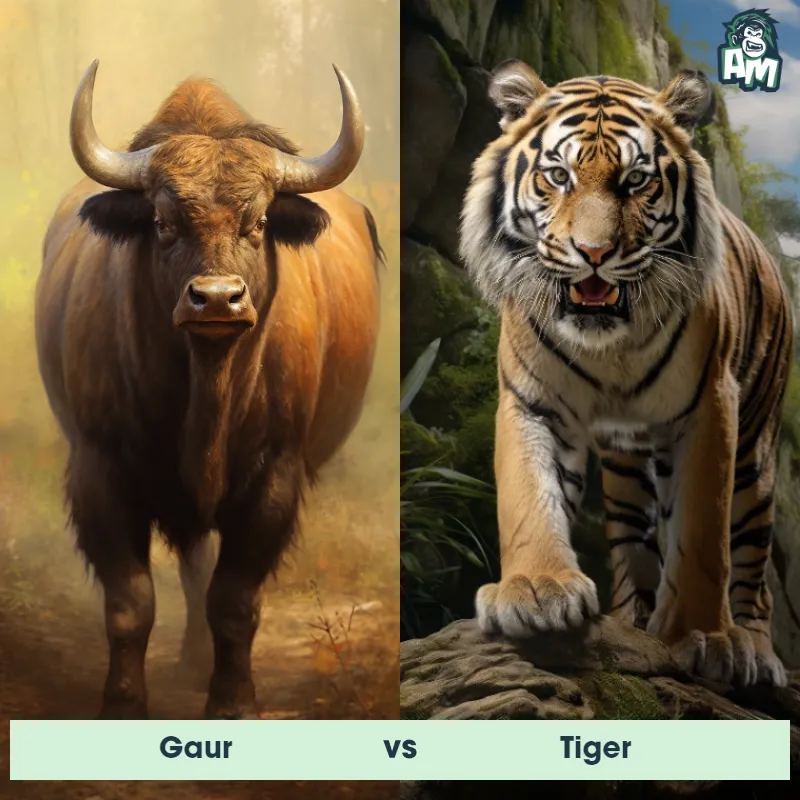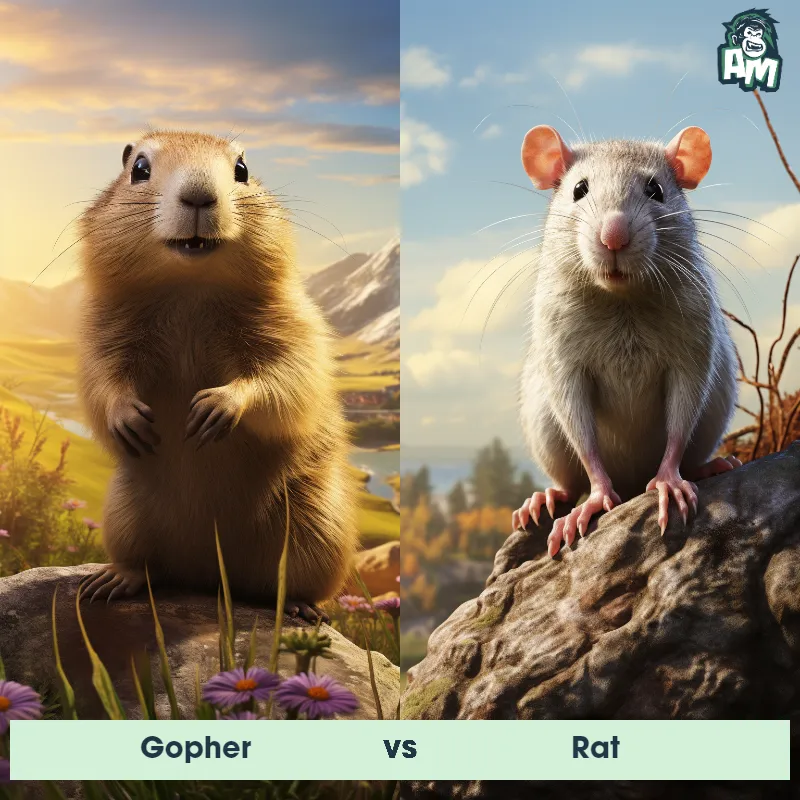Coelophysis vs PostosuchusSee Who Wins

In the left corner, we have the swift and slender predator, Coelophysis, known for its agility and hunting prowess. Facing it in the right corner is the formidable Postosuchus, a powerful and intimidating adversary with a crushing bite. Both are ancient predators ready to showcase their skills in this prehistoric face-off.
Contender 1: Coelophysis
Coelophysis, also known as the "hollow form," was a small theropod dinosaur that lived during the Late Triassic period. It was a carnivorous bipedal dinosaur with sharp teeth, slender legs, and long arms ending in grasping hands. Coelophysis had a lightweight frame and hollow bones, making it agile and fast.
Fun Fact: Coelophysis is one of the earliest known dinosaurs to exhibit cannibalistic behavior, as evidenced by fossils found with remains of juvenile Coelophysis in their stomachs.
Contender 2: Postosuchus
Postosuchus, also known as the "running crocodile," was a prehistoric reptile from the Triassic period. It had a slim, muscular body with sharp teeth designed for hunting. Postosuchus had long hind limbs that were adapted for running, indicating it was a fast and agile predator. Its fossils have been found in North America and Africa.
Fun Fact: Postosuchus had a unique hunting strategy where it may have ambushed prey by chasing them down at high speeds, similar to modern-day cheetahs.
Matchup Stats
| Coelophysis | Postosuchus | |
|---|---|---|
| Size | Approximately 9 feet (2.7 meters) in length | 13 feet (4 meters) |
| Weight | Around 60-70 pounds (27-32 kilograms) | 1,000 pounds (454 kilograms) |
| Speed | 12-15mph (19-24km/h) | 20mph (32km/h) - 25mph (40km/h) |
| Key Strength | Speed and agility | Speed and agility |
| Biggest Weakness | Limited body mass | Lack of endurance |
Current Votes
Coelophysis vs Postosuchus
See Who Wins
View More Matches
Looking For More?
Scientific Stats
| Coelophysis | Postosuchus | |
|---|---|---|
| Scientific Name | Coelophysis bauri | Postosuchus |
| Family | Coelophysoidea | Rauisuchidae |
| Habitat | Terrestrial | Land |
| Geography | North America | North America and Africa |
| Diet | Carnivorous | Carnivore |
| Lifespan | 10 years - 15 years | 10 years - 15 years |
Key Differences between Coelophysis and Postosuchus
- Skull: Coelophysis had a narrow, elongated skull with many small teeth suited for catching small prey; Postosuchus had a massive, boxy skull with large, sharp teeth designed for powerful biting.
- Body Structure: Coelophysis had a slender, lightweight build with long, delicate limbs; Postosuchus had a more robust and stocky body with powerful limbs.
- Tail: Coelophysis had a long, thin tail that aided in balance while running; Postosuchus had a shorter, more muscular tail.
- Limbs: Coelophysis had long, slender arms and legs conducive for swift movement; Postosuchus had relatively shorter, thicker legs and reduced forelimbs adapted for strength.
- Posture: Coelophysis was traditionally bipedal and agile; Postosuchus was primarily quadrupedal, with some ability for bipedal movement.
- Size: Coelophysis was generally smaller in stature, with lengths up to 3 meters, while Postosuchus was significantly larger, reaching lengths of up to 5-6 meters.



